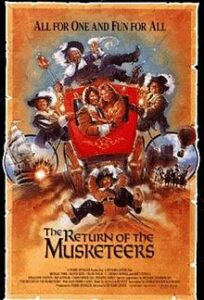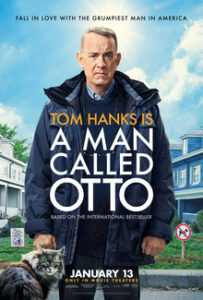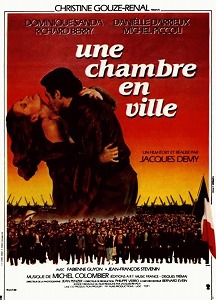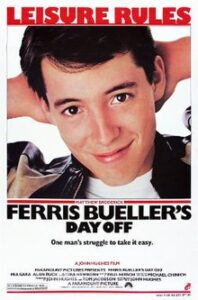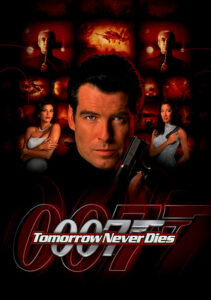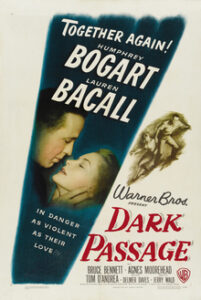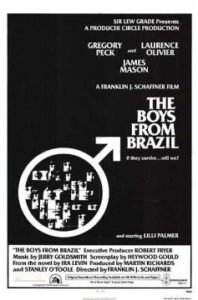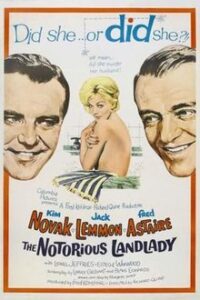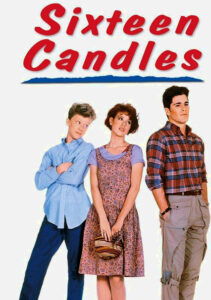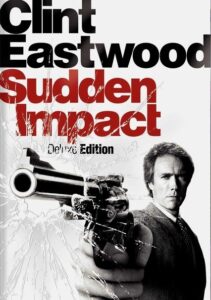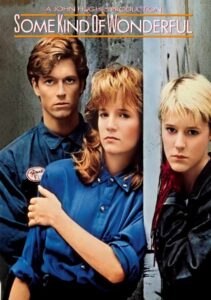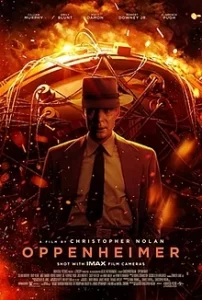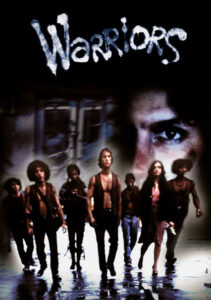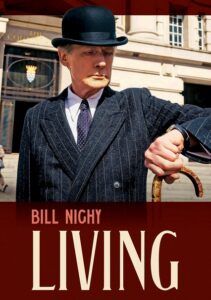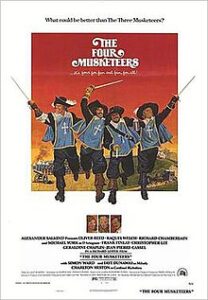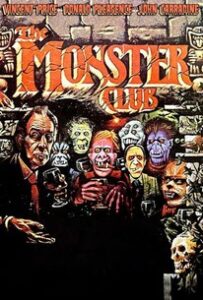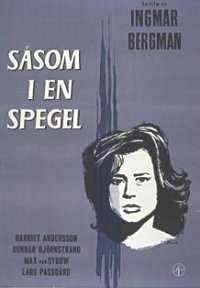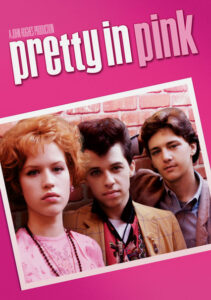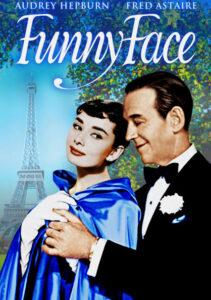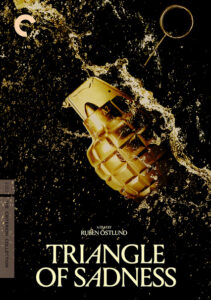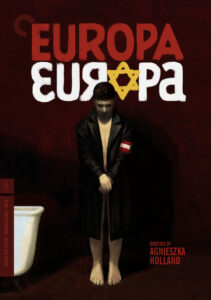The Return of the Musketeers-1989
Director George Lester
Starring Michael York, Oliver Reed, Kim Cattrall
Scott’s Review #1,401
Reviewed September 24, 2023
Grade: B
The Return of the Musketeers (1989) is the third Musketeers film directed by Richard Lester, following 1973’s The Three Musketeers and 1974’s The Four Musketeers.
George MacDonald Fraser wrote each screenplay.
This is key to mention because a strong continuity flow helps the film be fun and charming. The results of the same person directing and writing resonate on screen in several ways. The characters feel truthful and their motivations are clear.
A rich sense of the history of the characters is apparent making the film a pleasing adventure for fans of the franchise.
After ambitious Oliver Cromwell (Alan Howard) overthrows the king, Cardinal Mazarin (Philippe Noiret) enlists a down-and-out D’Artagnan (Michael York) to rally the Musketeers against him.
Porthos (Frank Finlay) accepts the mission at once, but Athos (Oliver Reed) and Aramis (Richard Chamberlain) hesitate at first. Eventually, the three reunite, but they are soon torn apart by infighting and a situation from their past.
They get a chance at redemption when they are sent to England to save the life of King Charles I (Bill Paterson).
There is some slapstick play to endure making The Return of the Musketeers feel juvenile at times when characters are bopped over the head or otherwise trip and fall in silly form.
For this type of adventure film, the plot is too complicated and veers in different directions a shade too often. I wondered more than once if I was in France or England.
This makes the minor characters difficult to keep track of and Christopher Lee’s character of Comte de Rochefort once again has little to do.
The costumes and the French setting are a major victory and the history lessons provided especially the British and French kings and queens are more than fulfilling. We delved into our history books to determine which King Louis reigned when and who was aligned with the film (it’s Louis the XIV during the 1600s).
The point of the film made fifteen years after the second film is to please fans and the result is a swimming success. I’m a sort of fan with my hubby being a big fan and we both enjoyed the resurfacing of familiar characters.
It feels like old-home week. The reunion of the musketeers feels like witnessing a family reunion. As D’Artagnan, Porthos, Athos, and Aramis embraced each other we felt the warmth along with them.
Since the characters played by Raquel Welch and Faye Dunaway (Milady) were dead a creative idea was to introduce her daughter to the story, Justine played by Kim Cattrall. Athos also has a son named Raoul, played by C. Thomas Howell.
This provides a further nod to history and introduces compelling lead characters who have a connection to familiar characters.
It is also an example of good writing and storytelling. Despite the characters being new to the audience we already care about them based on their tie to other beloved characters.
Making the film more sentimental, a sad occurrence happened while filming. Actor Roy Kinnear who plays lovable Planchet died following an on-camera accident in which he fell off a horse.
His role was completed by using a stand-in, filmed from the rear, and dubbed-in lines from a voice artist.
The film is dedicated to him.
Reuniting most of the original cast years later makes The Return of the Musketeers (1989) a warm experience. Beautiful costumes locales and history raise the film above expectations considering it’s a third installment.
